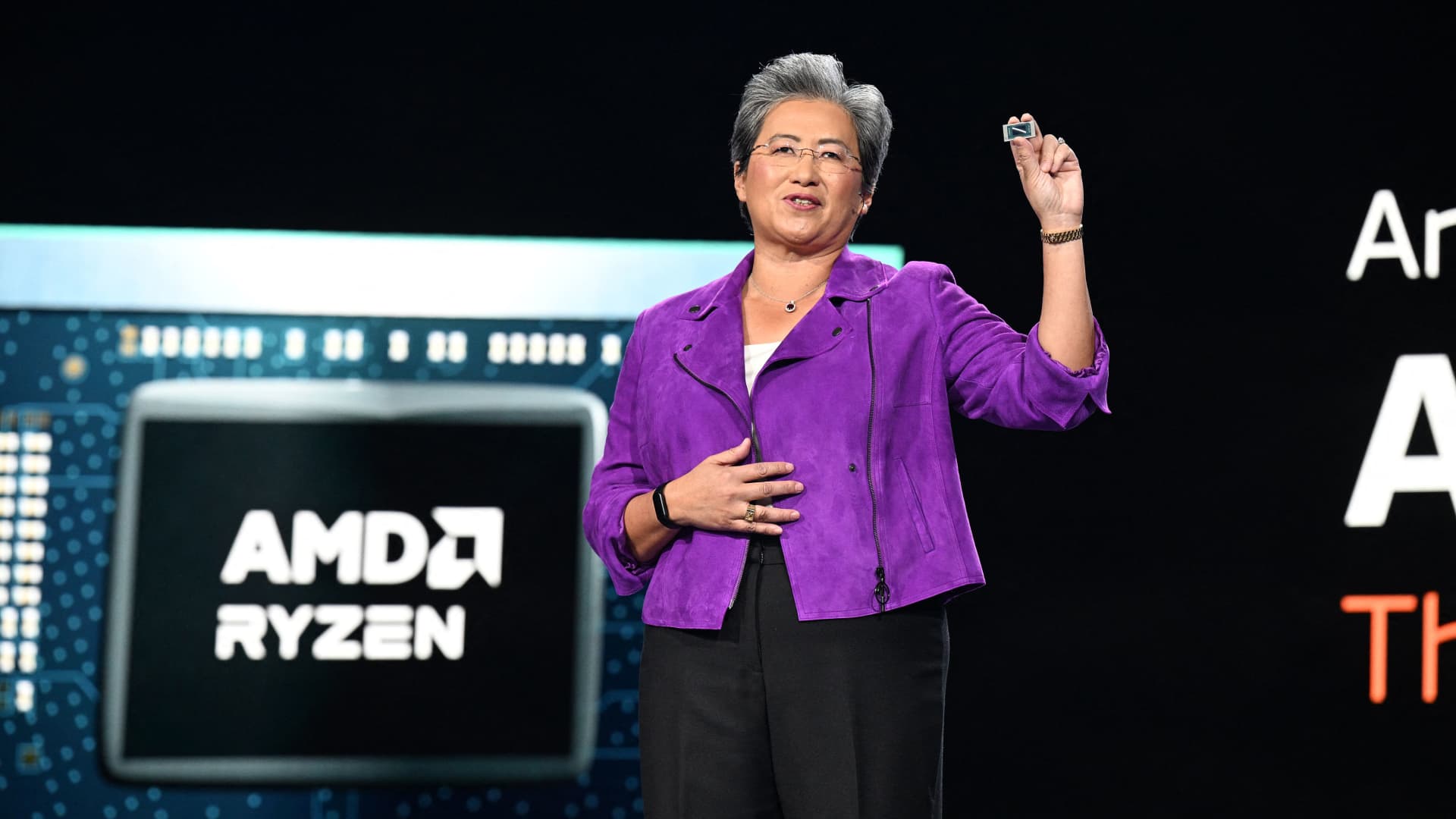How electricity could clean up transportation, steel, and even fertilizer

I’m starting to feel that way about “Electrify everything,” a common refrain in climate circles. The basic concept is a simple one: there are some parts of our world that are largely powered directly by fossil fuels, like vehicles or home heating. Meanwhile, renewables power an increasing fraction of the electrical grid every year. So if we can find ways to hook these fossil-fuel-powered systems up to electricity instead, we’ll be well on our way to real climate action.
People shouting “Electrify everything” often focus on familiar examples like vehicles and homes. But just how far does “everything” go? Can we electrify steel production? What about fertilizer?
We’re taking on that question in a session at the second annual ClimateTech conference, taking place at MIT on October 4 and 5. I’ll be speaking with folks in different industries to see how much potential electricity has to transform our world, from vehicles to food and agriculture to heavy industry. So as a sneak preview of ClimateTech, let’s take a look at what it might mean to actually electrify everything.
The state of electrification
The vast majority of the energy we use comes from directly burning some sort of fossil fuel. In 2022, electricity made up just 20% of the world’s total energy use. And that’s actually up from 50 years ago, when it was around 10%.
These numbers always surprise me when I see them, since I associate energy with plugging something in or flipping on a light switch. But coal provides a huge fraction of energy used in heavy industry for processes like making steel or mining. The vehicles we drive around in are still largely powered by internal-combustion engines that burn gasoline. And many buildings rely on natural gas for heating.
We need to bump up the fraction of energy we’re getting from electricity to about 27% by 2030 to be on track for net-zero greenhouse-gas emissions, according to the International Energy Agency.
The good news is that there are major signs of progress in the path to electrification. Electric heat pumps outsold fossil-fuel-based heating systems in the US in 2022 for the first time. In China, electric vehicles made up 29% of new-car sales in 2022.
But just how far can electrification go? In a ClimateTech session we’re (of course) calling “Electrify Everything,” I’ll be asking a variety of experts to talk about how electricity and climate tech go hand in hand.




